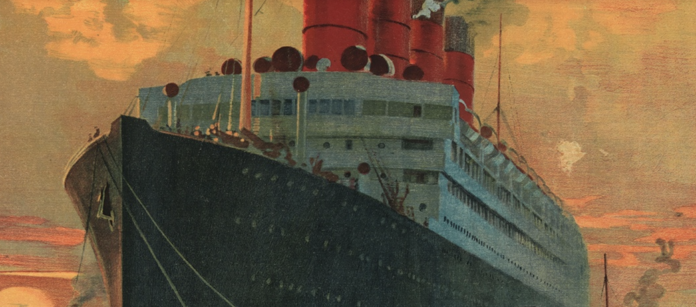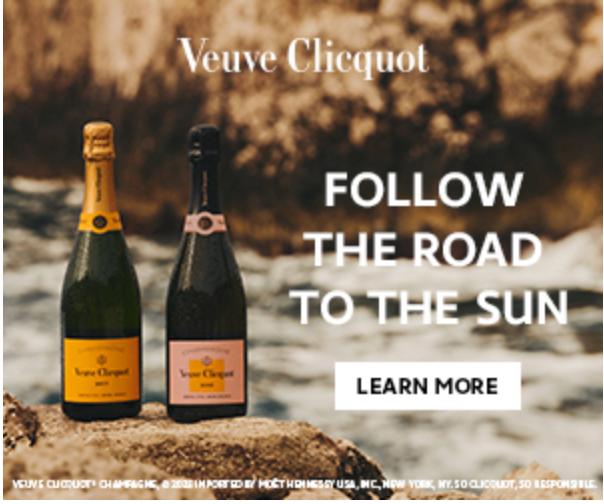South Street Seaport Museum announces Halloween Family Activity Weekend on Saturday, October 29 and Sunday, October 30, 2022, 11am–5pm aboard the main deck of the historic tall ship Wavertree, docked at Pier 16 (Fulton and South Streets).
Fall means fun for the whole family at the Seaport.
Enhance your onboard experience with hands-on activities, engagement stations, and creative projects for kids of all ages that will illuminate history and life at sea.
Activities are included with free Seaport Museum admission, register at seaportmuseum.org/gourd-scrimshaw.
Why carve a pumpkin when you could scrimshaw a gourd?
Join the South Street Seaport Museum for spooky scrimshaw!
Get into the Halloween spirit by etching your favorite seasonal design into gourds aboard Wavertree, surrounded by sailors’ spirits of yore. Guests can also participate in family activity stations throughout the campus, including a Halloween-inspired scavenger hunt.
Wavertree is designated on the National Register of Historic Places and represents the thousands of ships that docked along New York’s waterfront over the centuries. Gaze up at the towering masts and miles of rigging. Learn how people worked and lived aboard a 19th century cargo sailing vessel, from the captain to the ship’s officers, cooks, and crew. Look out across New York Harbor and see the Brooklyn Bridge and Brooklyn Heights. Or, look landward and see the skyline of the Financial District, which flourished because of ships like Wavertree, which brought in the goods that helped businesses thrive.
Wavertree is permanently moored at Pier 16 and does not sail the harbor. Access to Wavertree requires climbing a small set of ladder-type stairs and an angled gangway.
RELATED ARTICLES
ABOUT US
Daily Ovation Media and FlavRReport have over 20 city guides covering the best in food, drink, entertainment, sports, and health in the world’s busiest cities. Meet the chefs, mixologists, entertainers, athletes, and business owners with us and get inspired (and hungry) from their stories.
Contact us: Joe@FlavRReport.com
© Flavrreport



